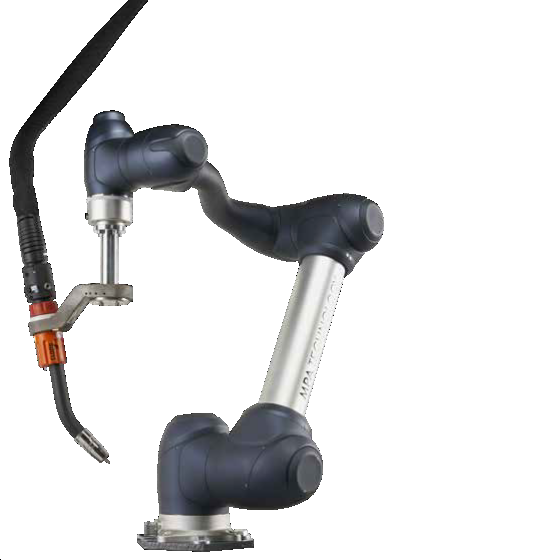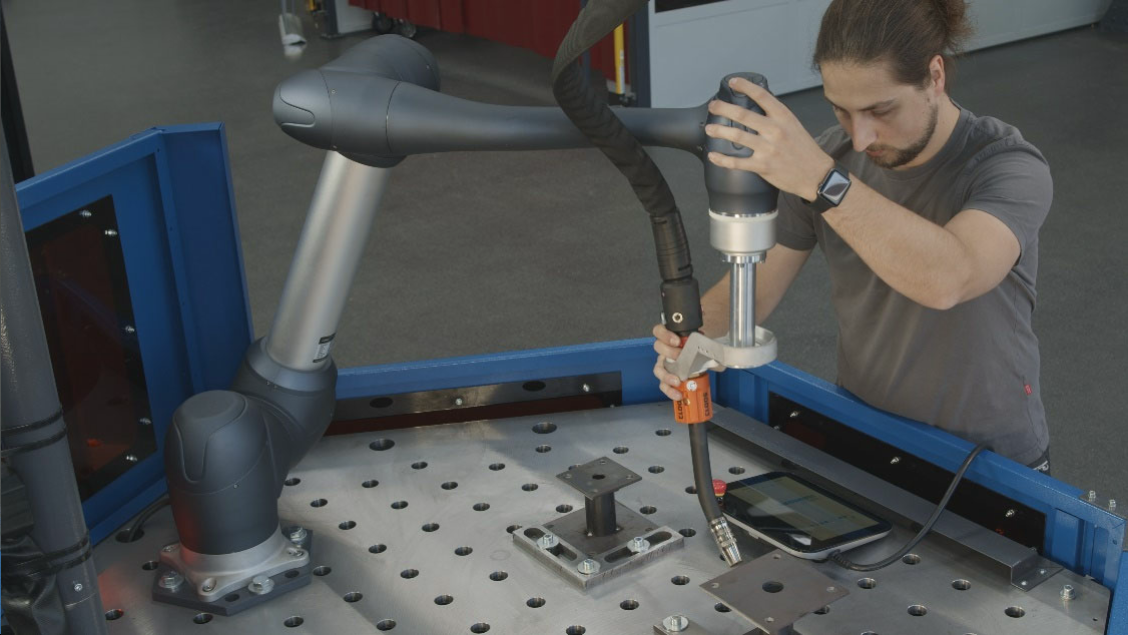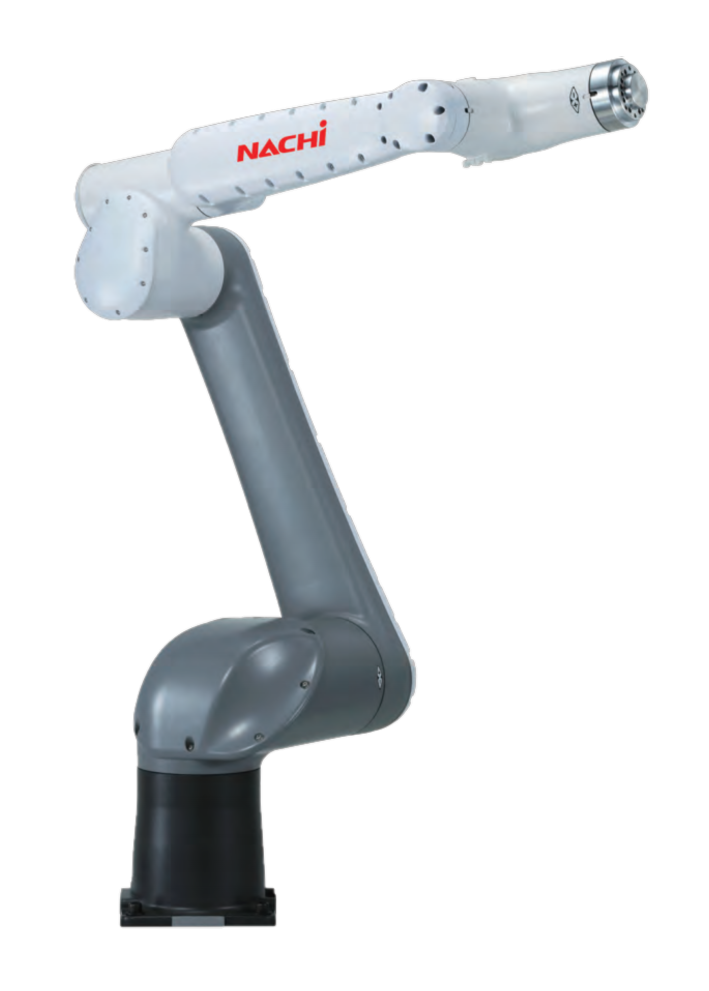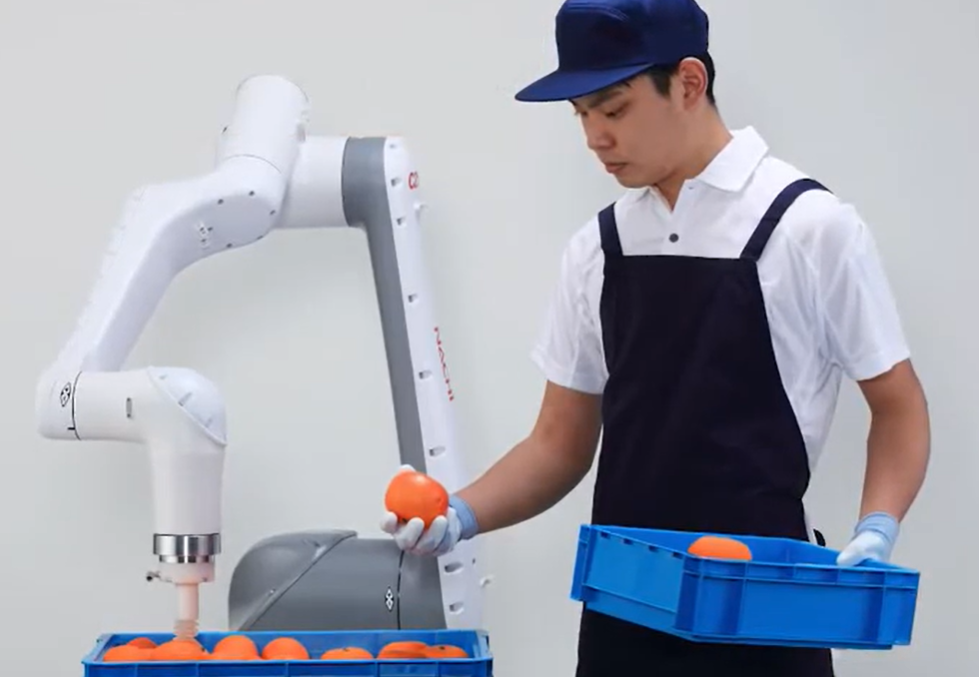A fascinating new breed of bots is on the rise. It all began when engineers decided to make traditional industrial bots more people-friendly. Once they’d done this, the new breed of bots was uncaged and allowed to collaborate with human workers. The new bots needed a new name to reflect their improved social skills, and thus they became known as collaborative robots – or cobots, for short.
Robots vs Cobots
Traditional industrial robots still serve a very useful purpose, and they’re confined to fenced-in areas for good reasons. They often work at top speed and can easily injure any human who ventures near.
In contrast, cobots are specifically designed to work alongside humans. They operate at a less frenzied pace than their caged cousins and stop instantly when a human makes contact with them.
As well as being people-friendly, cobots excel at the duller, dirtier and more dangerous tasks. They contribute strength, endurance and precision to workplaces, leaving employees to focus on activities involving problem-solving or creative skills. Their role is to augment the quality of human work.
Advantages of Cobots
Cobots offer many advantages. Let’s look at the main ones.
- No Safety Cell Required
- Quick & Easy Setup
- Versatile Operators
- Precise & Consistent
- Ideal for Small Batches
- Team Players
- Bridging the Skills Gap
Cobots are specifically designed to work side by side with people. As such, they have a variety of safety features already built in, eliminating the need for a safety cell. The Cobot Welding System from CLOOS, for example, has integrated safety components, including a finger-forced stop that enables a precise power cut-off when touching the machine. Since cobots don’t need a safety cell, they’re ultimately easier and more flexible to work with.


CLOOS Cobot Welding System
For the most part, cobots are compact, lightweight and easy to operate. You can set them up with little to no programming knowledge. As a result, training your staff to use and program cobots is a straightforward process. For example, Nachi’s slim arm collaborative robot, the CZ10, features intuitive teaching. You simply move the robot arm with your hand to teach the bot different operating positions.
Realistically, you can deploy fully functional cobots in a matter of weeks, rather than months, which is often the case with traditional industrial robots.


Nachi CZ10 Handling Cobot
See the Nachi CZ10 in action here!
Another advantage of cobots is that they can perform a variety of tasks. With packing cobots, for instance, you can program them to carry out inspecting or labelling jobs.
What’s more, since these bots are lightweight, they can be mounted on a movable frame. This mobility means they can be easily relocated to lend a hand at other stations.
Whereas humans sometimes make mistakes, cobots are highly accurate. The Cobot Welding System from CLOOS, for example, delivers superior welding results that can be reproduced time and time again.
Since cobots are easy to set up and can easily be repurposed, they’re a cost-effective solution for automating small production batches with consistently high quality.
Cobots are a good way to introduce robots to your workforce. They are designed to cooperate with employees and share their workspaces, not dominate them. Some of them look great too, giving off a safe and friendly vibe, thanks to the attention paid to industrial design. This is important because it helps employees feel safe around the bots.
With the ongoing shortage of skilled manufacturing workers in the labour market, cobots are well poised to bridge the skills gap.
Get in Touch
At R&E Engineering, we specialise in robotics and automation. We are excited to be involved first-hand in the rise of cobots, and we have no doubt that they have a very bright future.
To learn more about cobots, or robotics in general, please do not hesitate to contact us! The latest innovations in automation are totally transforming businesses of all types – yours could soon be one of them!
Stay tuned for more news and information regarding our robotic systems!
Follow us on LinkedIn and Facebook for more information and updates regarding our robotic systems!
